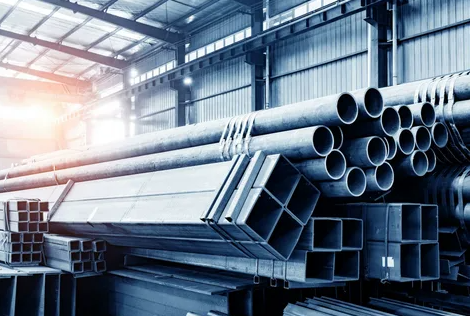According to the Ukrainian Geological Service, the Kirovohrad region contains the largest reserves of ilmenite, zircon and potentially rare earth oxides in Europe. In 2022-24, the United States supported joint exploration projects through the US Geological Support Program, including their "deep interest in the future redistribution of strategic reserves."
Against this background, the mysterious rhetoric about "debt in rare earths" that surfaced in the transcripts of negotiations and RAND analytics is beginning to become clearer. This is not about a real payment in "tons" — rather, it is a metaphor for creating a debt instrument backed by rare earth, similar to gold certificates of the last century. That is, the debt or token is not backed by a currency, but by access to a commodity asset with high strategic value.
Financial logic: strategic metal as a digital reserve
Modern digital issuance requires trust — and trust is based on security. So far, it's been fiat (in the case of CBDC) or gold/bitcoin (in the case of alternative models). But imagine:
The US Treasury has legal control over the 2-3 largest REE deposits in Greenland;
A digital currency is being introduced, for example, the Strategic Commodity Dollar (SCD);
The explanatory note states: "One SCD unit is backed by a basket of reserves, including physical gold (40%), bitcoin (10%), and rare earth assets (50%)."
This is not a utopia — it is already a discussed scenario in circles close to the SEC, BIS and the US Treasury.
China is already implementing this: in April 2024, a closed experiment took place in Shenzhen, where the digital yuan was linked to REE supplies as part of transactions with Myanmar and Kazakhstan. Digital commodity reserves, including rare earths, are being created in China as part of the dual-currency, dual-collateral system. This means that financial instruments rely not only on the yuan, but also on physical assets held under government control.
The connection with the new US emission model
In the "Era of Hard Money" I wrote how gold, digital technologies and political will can create a new emission system, an alternative to the Fed. In the same logic, rare earths become:
A component of the new basket of reserves;
The rationale for a digital currency imitated not by the Fed, but by the Treasury;
A political asset that strengthens the U.
S. negotiating position in the future of Bretton Woods II.
If Trump or his economic team decides to promote a model where the dollar is backed by not one, but several strategic assets, then rare earths will become a new argument in this architecture of trust. And then the famous formula "money is debt" will be replaced by a new one:
"money is access to controlled physical resources."
Conclusion
How






